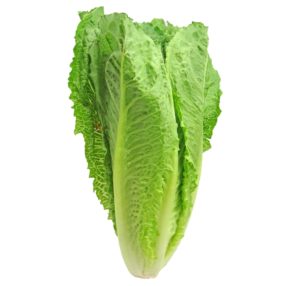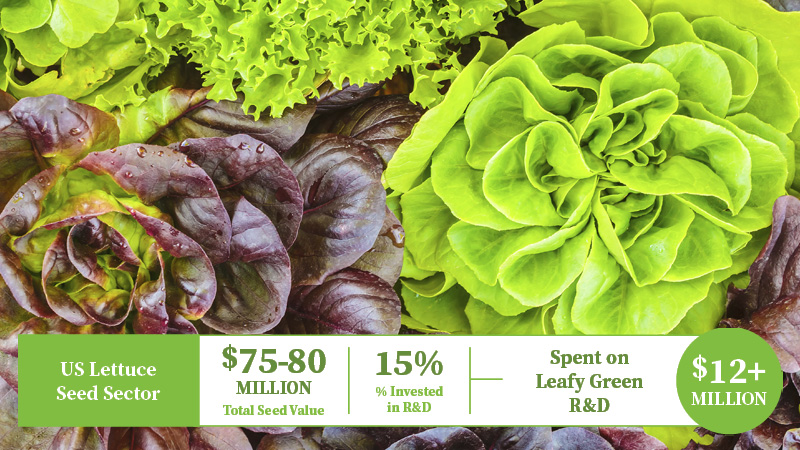Call to Destroy All Romaine Lifted; California Crop Investigated as E. coli Source
After calling for those in the U.S. food chain to destroy all romaine lettuce last week, FDA and CDC is now narrowing the scope of its investigation to romaine grown in California’s Central Coast and Salinas Valley.
To be clear, FDA and CDC have not yet identified where the shiga-toxin E. coli [STEC] contamination is coming from. But traceback documentation makes it clear that the affected romaine comes from the late-season harvest from California. Investigators are still pursuing where in the food chain the contamination occurred.
Here’s how the CDC phrases it:
“Preliminary traceback information from the FDA indicates that ill people in this outbreak ate romaine lettuce harvested from the Central Coastal growing regions of northern and central California. At this time, no common grower, supplier, distributor, or brand of romaine lettuce has been identified.”
Location Labeling Key to Romaine Re-Entry to Food Chain
The government agencies are telling the public to not “buy, serve, sell, or eat” romaine without a label. The problem? Not all romaine have harvest-region labels.
“It may take some time before these labels are available,” the CDC says in its latest investigation update (Nov. 26).
The labels are voluntary. However, it’s clear Gottlieb expects labels will be an industry standard.
On its website, United Fresh Produce Association answers the most common questions it’s hearing related to the new labels.
Here’s Where the Outbreak Stands
At this time, 43 people in the U.S. have been infected with STEC and 16 hospitalized. The outbreak has sickened an additional 22 people in Canada.
The cases involve 12 states, with 11 in California, nine in New Jersey, seven in Michigan, and five in New York. There are only one or two cases in each of the other affected states. Three Canadian provinces report STEC-related illnesses: Quebec (17), Ontario (4), and New Brunswick (1).
The Extent of the Fallout to Leafy Green Industry Unclear
Removing romaine from the food chain likely had the desired effect. Officials reported 11 more cases since the call to destroy romaine, but these illnesses occurred prior to the public announcement.
“It was likely romaine lettuce contaminated with E. coli O157:H7 that could cause illness was still available on the market, and a market withdrawal was the fastest way to remove potentially contaminated product,” FDA Commissioner Scott Gottlieb said in his statement, dated Nov. 26.










